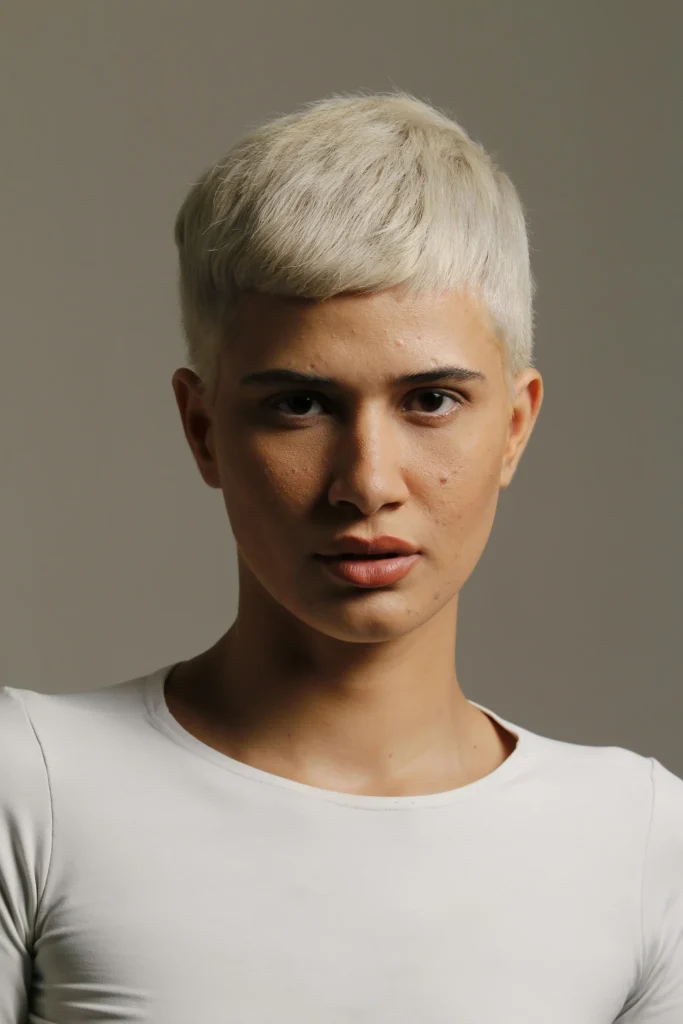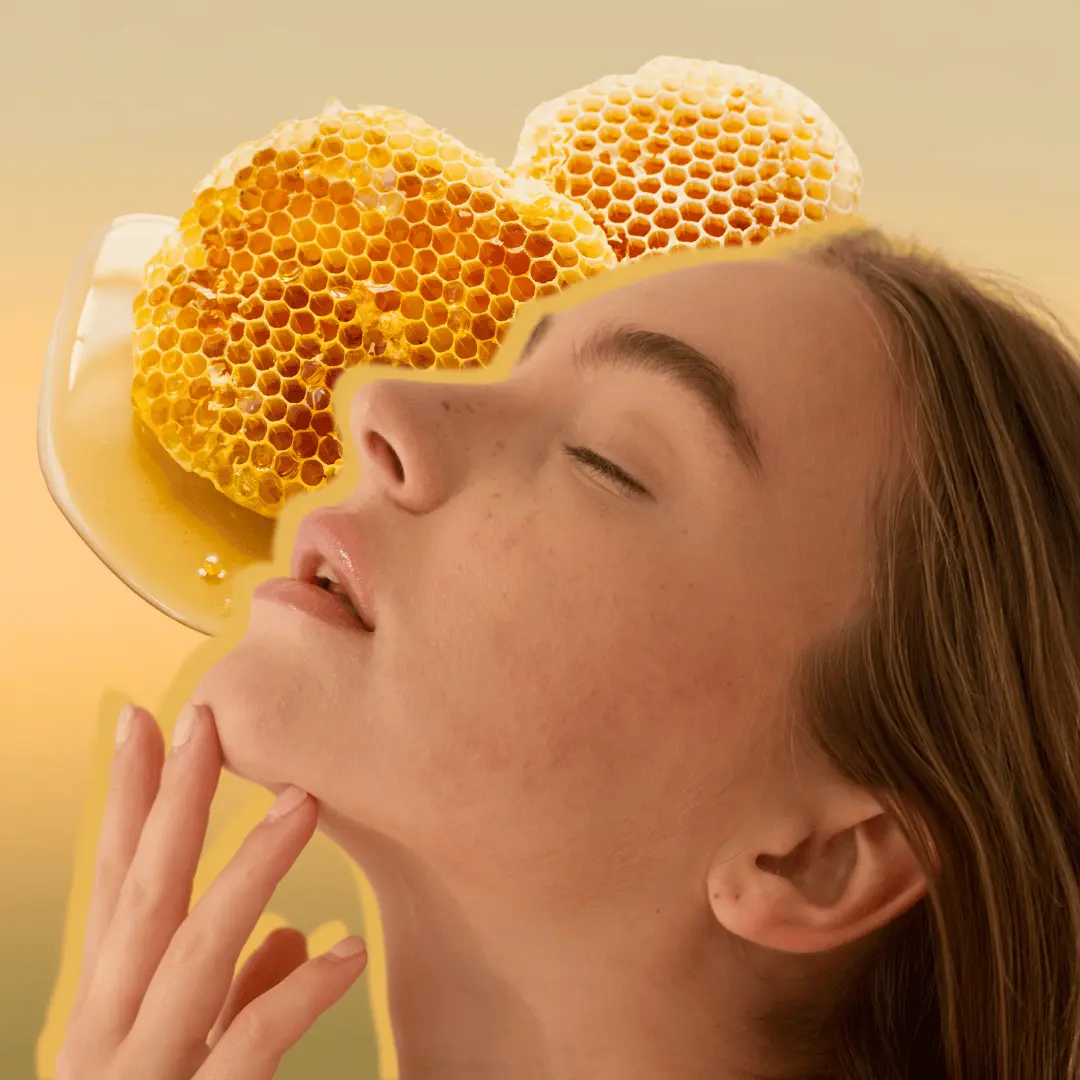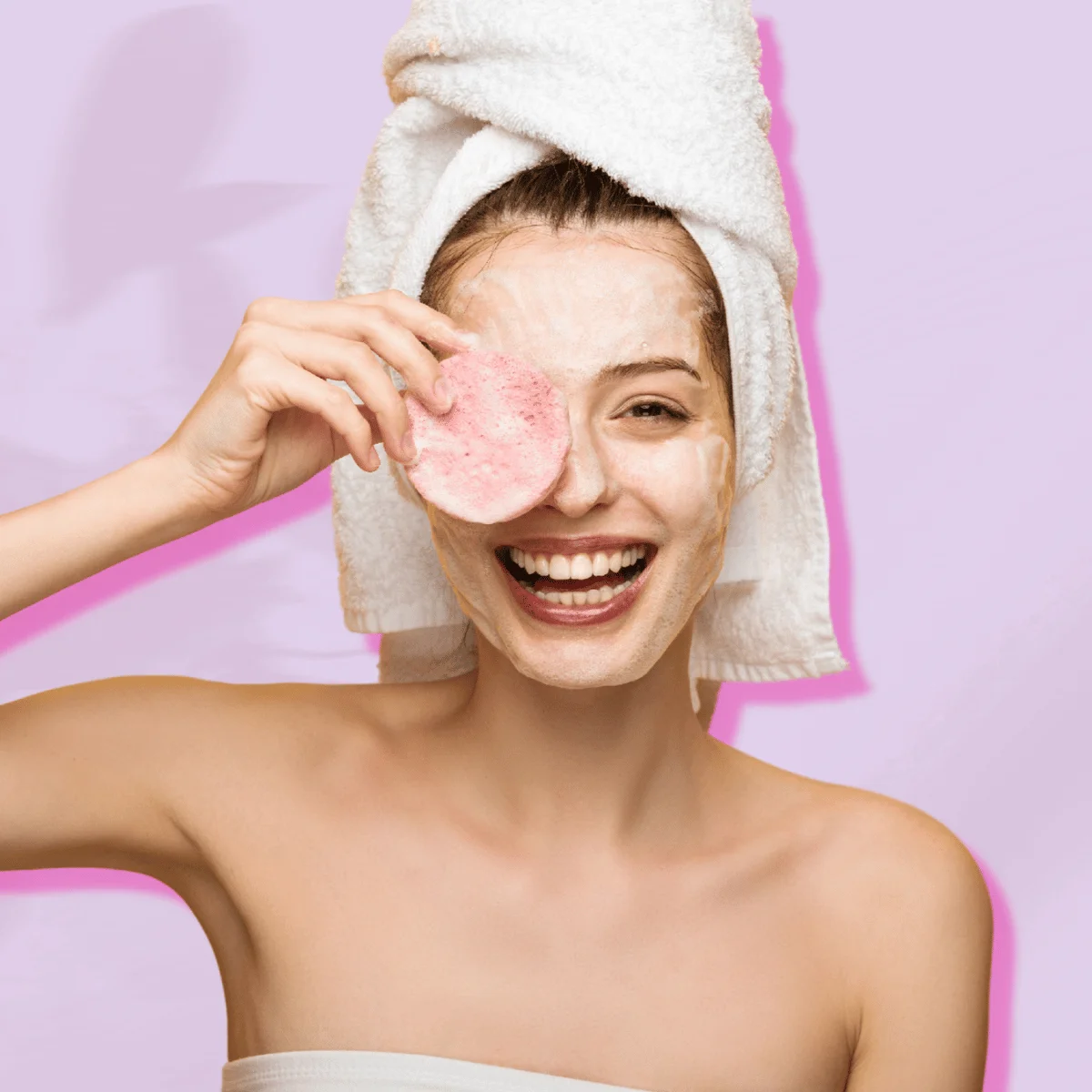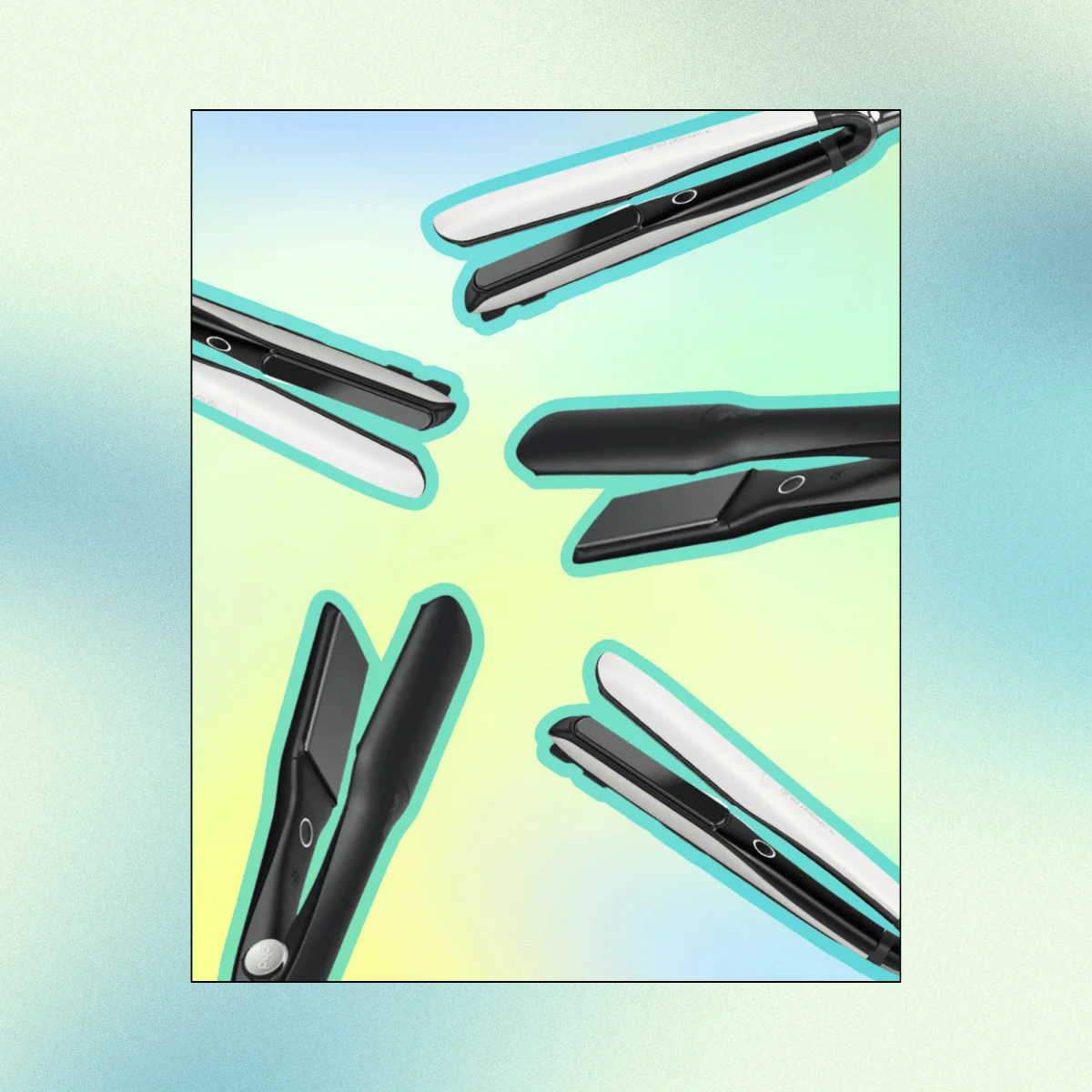So, you took the plunge and went blonde, but now your hair’s giving off more mermaid vibes than Marilyn Monroe glamour? Don’t panic!
That greenish tint haunting your tresses is a common side effect of bleaching, but it doesn’t have to be your new permanent look.
Maybe you’ve been swimming in a chlorine-heavy pool, or perhaps your hair just decided to play a cruel prank on you.
Either way, that unwanted green hue can make you want to hide under a hat until your next salon appointment.
But before you resign yourself to looking like you lost a fight with a bottle of food colouring, take a deep breath. We’ve got your back – and your hair!

In this post, we’re exploring the world of hair chemistry (don’t worry, no lab coat required) to bring you five foolproof methods to kick that green tint to the curb.
From kitchen cupboard remedies to salon-worthy treatments, we’ll cover options for every budget and comfort level to remove green tones from bleached hair.
Ready to reclaim your blonde hair?
Let’s turn that green mean machine back into the luscious locks you’ve been dreaming of.
Why Does Bleached Hair Turn Green?

Before we dive into solutions, it’s helpful to understand why this green tint appears in the first place. The science behind it is actually quite simple.
According to the International Journal of Trichology, green hair “is a hair dyschromia characterized by green coloring of the hair due to insoluble copper deposits which fix to the cortex of the hair with “a priori” damage to the cuticle.”
You might think that should be no big deal but for people with bleached hair, those strands are more porous than natural hair, which means it’s more susceptible to absorbing minerals and other substances.
“The most frequent origin of this condition is direct contact with domestic running water or swimming pool water with a high copper content.” Over time, or with exposure to air and other oxidising agents, these copper ions oxidise.
The oxidation process turns the copper green – similar to how the Statue of Liberty turned green over time. This oxidised copper is what gives the hair its greenish tint.
How To Do A Strand Test
Before diving in and treating all your hair, always perform a strand test. This simple step can save you from potential hair disasters.
Here’s how to do it:
- Choose a small, hidden section of hair, preferably near the nape of your neck or behind your ear.
- Apply your chosen treatment to this small section, following the instructions as you would for your whole head.
- Leave it on for the recommended time, then rinse and dry the strand.
- Examine the results. Check for any adverse reactions like excessive dryness, breakage, or unexpected colour changes.
- If you’re happy with the results and there’s no damage, proceed with treating your whole head. If not, try adjusting the method or consider a different treatment.
Remember, it’s better to spend a few extra minutes on a strand test than to risk damaging all your hair.
Now that we understand the cause of the dreaded green tint, and how to do a strand, let’s move on to the solutions.
5 Easy Ways To Remove Green Tint From Bleached Hair
- Ketchup Cure
Yes, you read that right! The same condiment that goes on your fries can save your hair.
- How it works: Ketchup contains red pigments that neutralise green tones due to the principle of colour theory. Red and green are opposite on the colour wheel, so they cancel each other out. The acidity in ketchup also helps to break down mineral buildup.
- What to do: Apply ketchup to damp hair, let it sit for 15-30 minutes, then rinse and shampoo.
- Pro tip: Use a shower cap to avoid a mess (and to keep from craving burgers).
- Baking Soda Blast
Time to raid your pantry for this powerful, yet gentle solution.
- How it works: Baking soda is a mild abrasive and has a high pH, which helps to open the hair cuticle. This allows it to effectively scrub away mineral buildup and chlorine deposits that cause the green tint.
- What to do: Mix baking soda with water to form a paste. Apply to damp hair, gently massage, and rinse after 2-3 minutes.
- Caution: Don’t overdo it – baking soda can be drying if used too often.
- Vitamin C Vibes
Give your hair a dose of this immune-boosting vitamin.
- How it works: Vitamin C is ascorbic acid, which acts as a reducing agent. It breaks down the chlorine and mineral deposits that cause the green tint. It also helps to strip away some of the oxidized copper particles.
- What to do: Crush vitamin C tablets and mix with shampoo. Apply to damp hair, leave for 5-10 minutes, then rinse.
- Bonus: Your hair might smell citrusy fresh!
- Apple Cider Vinegar Rinse
ACV isn’t just for your salad dressing anymore.
- How it works: ACV is acidic, which helps to balance the hair’s pH after exposure to alkaline substances like chlorine. It also helps to close the hair cuticle, making it smoother and less likely to trap minerals. The acidity can break down mineral deposits as well.
- What to do: Mix equal parts ACV and water. Use as a final rinse after shampooing.
- Heads up: The smell dissipates once your hair dries, we promise!
- Professional Toning Treatment
When all else fails, it’s time to call in the pros.
- How it works: Professional toners contain pigments specifically designed to neutralise unwanted tones in hair. For green tints, a toner with red or violet pigments would be used to counteract the green, based on colour theory principles.
- What to do: Book an appointment with your stylist and let them work their magic.
- Pro tip: This is a great option if you’re nervous about DIY treatments.
Remember, prevention is key! Use a clarifying shampoo regularly and consider using a swim cap if you’re a pool enthusiast.




